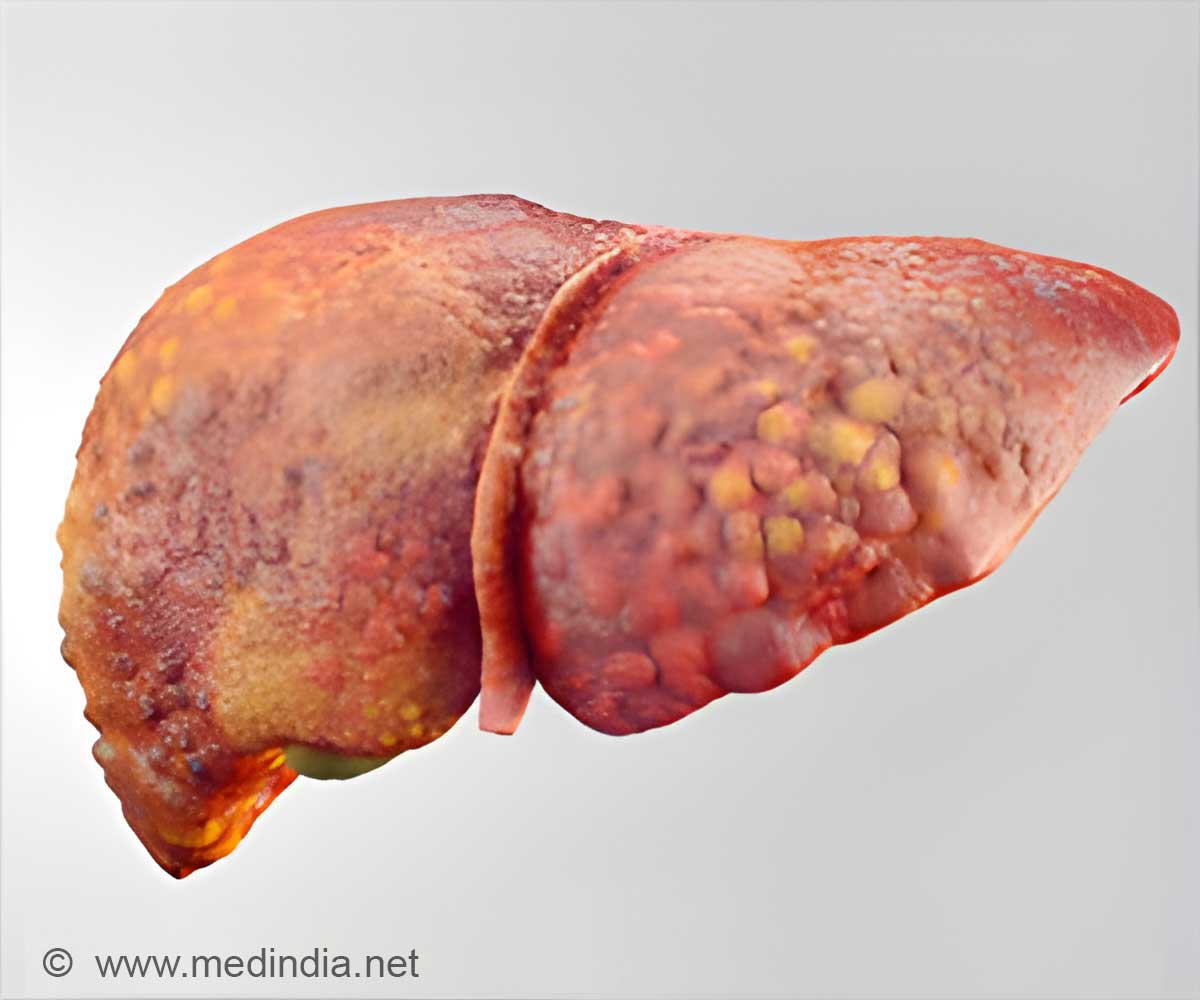Two separate lipids namely diacylglycerols and ceramides are identified as potential links between fatty liver disease and liver insulin resistance.

‘Two separate lipids namely diacylglycerols and ceramides are identified as potential links between fatty liver disease and liver insulin resistance.’





Nonalcoholic fatty liver disease -- the most common form of chronic liver disease in the United States -- is marked by a dangerous accumulation of fat in the liver. The disease, which can be caused by excess calorie intake, is strongly associated with a host of metabolic disorders, including obesity, high triglyceride levels, and insulin resistance, a hallmark of type 2 diabetes. But the precise molecular connection between fatty liver disease and liver insulin resistance has been hotly debated. Scientists in the lab of senior author Gerald Shulman, the George R. Cowgill Professor of Medicine (endocrinology) and professor of cellular and molecular physiology, developed a way to measure the effects of both lipids within cells of the liver, which plays a central role in glucose regulation and metabolism.
They found that rats accumulating diacylglycerols in the liver developed liver insulin resistance. In the liver, the accumulation of plasma membrane diacylglycerols caused insulin resistance by triggering interaction between a protein anchored to the plasma membrane and the insulin receptor that is essential in regulating metabolism, they report.
The molecular pathway identified in the current study has been explored by Shulman's lab as a possible regulator in a host of metabolic disorders. The lab is already developing a drug that targets this pathway in hopes it can combat insulin resistance and related metabolic disorders in multiple organs and tissues.
"These are preclinical findings developed in animals and supported by consistent evidences from human samples, and we hope they have the potential to treat insulin resistance and other metabolic disorders that are leading killers of people in the developed world," Shulman said.
Advertisement















